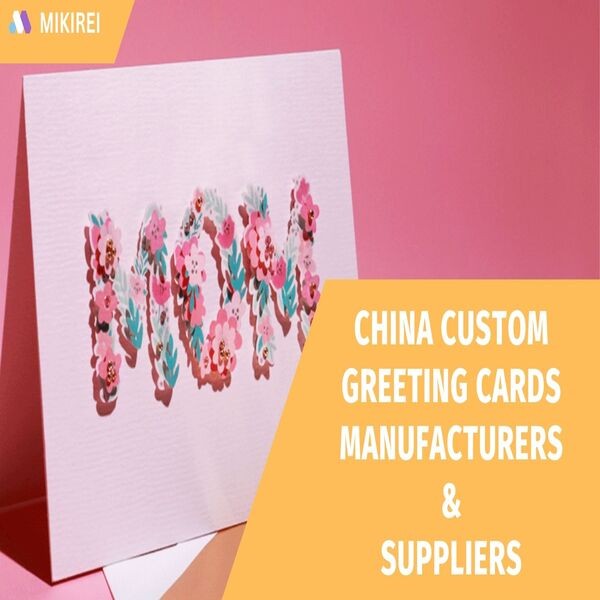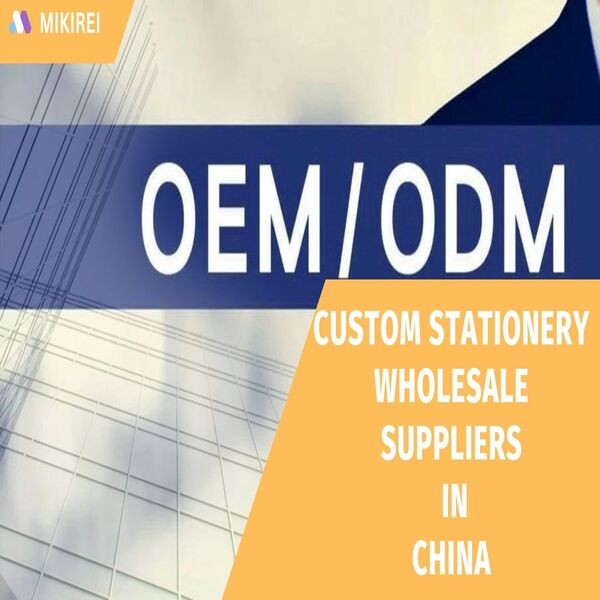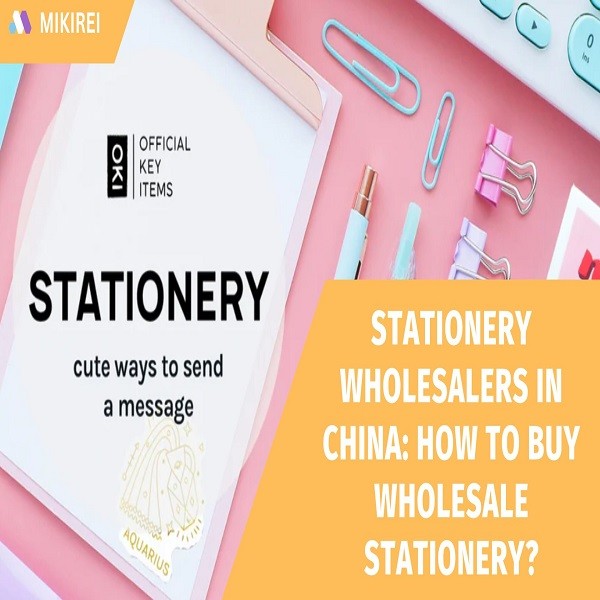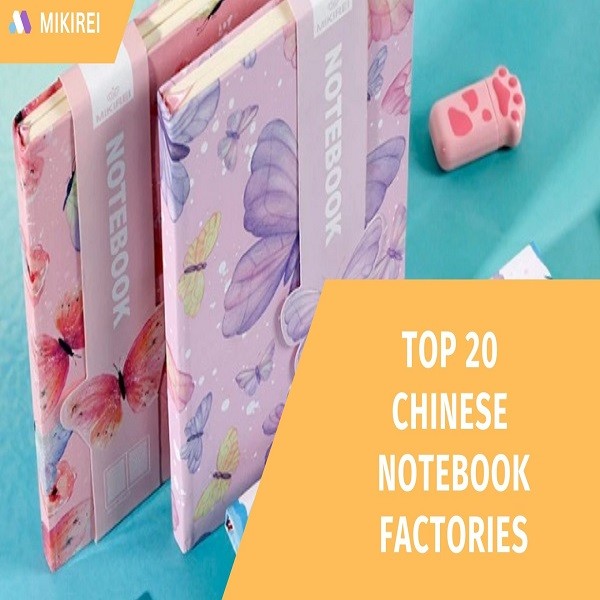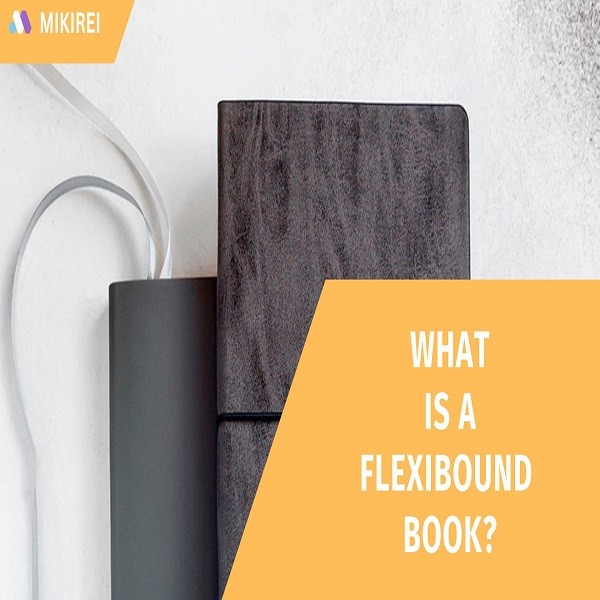Eco-Friendly Wrapping Paper from China - Sustainable and Environmentally Conscious Solutions
In today's environmentally conscious world, the demand for eco-friendly wrapping paper has witnessed a significant upsurge.
Consumers and businesses alike are increasingly opting for sustainable packaging solutions, and China stands as a prominent player in meeting this demand.
This article delves into the realm of eco-friendly wrapping paper from China, highlighting its importance, benefits, and how it contributes to a greener planet.
Table of content
- Eco-Friendly Wrapping Paper in China - Market Overview
- Eco-Friendly Wrapping Paper from China: A Sustainable Solution
- Best Practices in Eco-Friendly Wrapping Paper Selection
- Tips for Choosing Eco-Friendly Wrapping Paper
- Benefits of Eco-Friendly Wrapping Paper
- Popular Eco-Friendly Wrapping Paper Options:
-
Frequently Asked Questions About Eco-Friendly Wrapping Paper
- Is eco-friendly wrapping paper more expensive than conventional options?
- Can I recycle eco-friendly wrapping paper?
- Are there any restrictions on international shipping of eco-friendly wrapping paper from China?
- Can I create my own eco-friendly wrapping paper?
- Are there any eco-friendly wrapping paper designs suitable for festive occasions?
Eco-Friendly Wrapping Paper in China - Market Overview
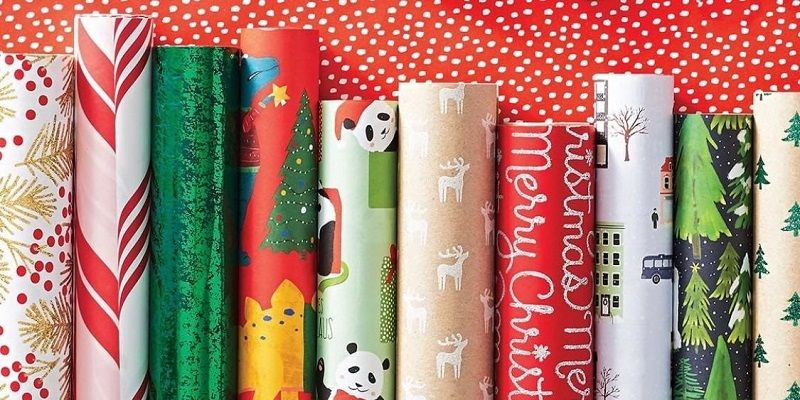
The market for eco-friendly packaging has been on a steady rise, with China being a frontrunner in supplying sustainable wrapping paper. As consumers become more environmentally conscious, they seek packaging solutions that align with their values.
Chinese manufacturers have recognized this trend and have been quick to embrace eco-friendly practices, making their offerings highly sought-after worldwide.
Among the top results for "eco-friendly wrapping paper from China," we find reputable manufacturers specializing in sustainable materials.
The statistics show a substantial growth in the adoption of eco-friendly packaging, indicating a promising market with ample opportunities for businesses.
Why Need Eco-Friendly Wrapping Paper
Traditional wrapping paper, with its glossy finishes and vibrant prints, may look appealing, but it comes with a heavy environmental cost. Most conventional wrapping papers are not recyclable due to their plastic coatings, dyes, and additives.
As a result, they contribute to the already overwhelming waste in landfills and harm the environment. With an increasing global concern for sustainable living, the demand for eco-friendly alternatives has surged.
Eco-Friendly Wrapping Paper from China: A Sustainable Solution

China has been a major player in the production of gift wrapping materials for years, and it is now taking the lead in producing eco-friendly options. Chinese manufacturers have recognized the need to shift towards sustainable practices and have made impressive strides in this direction.
Advancements in Eco-Friendly Materials
In recent years, Chinese manufacturers have been investing heavily in research and development to create eco-friendly wrapping paper materials. They are utilizing recycled paper, organic cotton, and other biodegradable substances to produce wrapping paper that is not only visually appealing but also gentle on the planet.Innovative Manufacturing Processes
Apart from using eco-friendly materials, Chinese companies are adopting innovative manufacturing processes to reduce waste and energy consumption. They are employing techniques that minimize water usage and emissions, contributing to a greener production cycle.
Fair Trade and Ethical Practices
China's eco-friendly wrapping paper industry is also focusing on fair trade and ethical practices. Many manufacturers are working closely with local communities to provide fair wages and safe working conditions. This approach ensures that the eco-friendly movement supports not only the environment but also the well-being of the people involved.
Best Practices in Eco-Friendly Wrapping Paper Selection
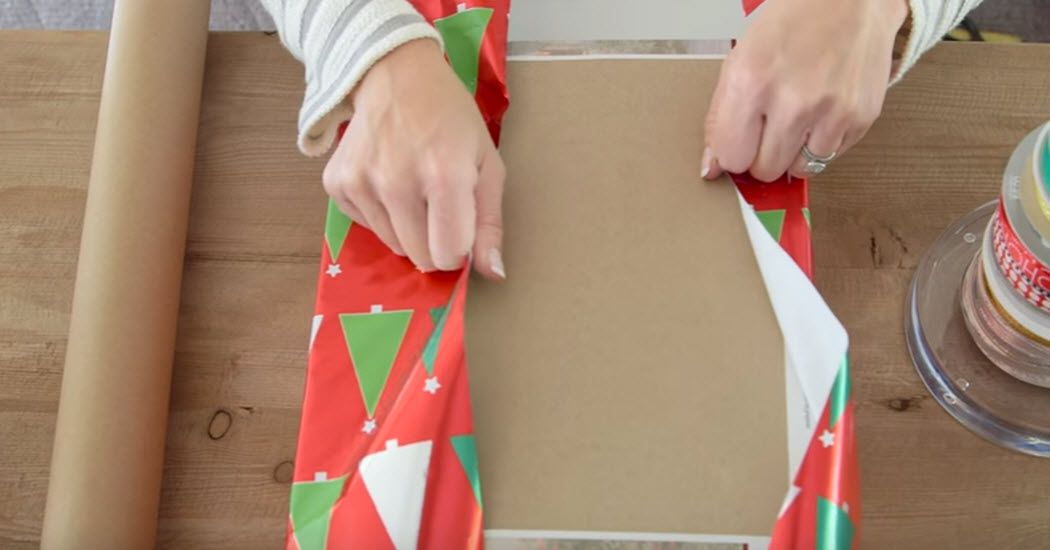
When choosing eco-friendly wrapping paper from China, certain factors can help businesses make the right decision.
Reputable Certification Standards
Look for reputable certification standards such as the Forest Stewardship Council (FSC), Sustainable Forestry Initiative (SFI), or Programme for the Endorsement of Forest Certification (PEFC). These certifications ensure that the wrapping paper comes from responsibly managed and sustainable sources.
Different Eco-Friendly Materials
Compare the different eco-friendly materials available, such as recycled paper, hemp, or bamboo-based alternatives. Each material has its unique properties, and businesses should select the one that aligns best with their brand ethos and packaging requirements.
Evaluate the Durability and Usability
Evaluate the durability and usability of the wrapping paper to ensure it provides adequate protection to the packaged items while maintaining a pleasing aesthetic.
Reliability and reputation of the supplier are crucial aspects to consider. Choose manufacturers with a track record of delivering high-quality, eco-friendly products consistently.
Tips for Choosing Eco-Friendly Wrapping Paper

Here are some tips for choosing eco-friendly wrapping paper:
Check for Certifications:
When selecting eco-friendly wrapping paper, look for certifications from recognized organizations that verify the product's environmental claims.
Certifications such as FSC (Forest Stewardship Council) or SFI (Sustainable Forestry Initiative) indicate that the paper comes from responsibly managed forests and is a sustainable choice.
Opt for Minimalist Designs:
Choose wrapping paper with minimalist designs or patterns. Intricate designs often involve more ink and materials, which can increase the environmental impact. Opting for simpler designs reduces waste and promotes a cleaner, more eco-friendly approach.
Embrace DIY Options:
Get creative and consider making your own eco-friendly wrapping paper. Reuse old newspapers, magazines, or even fabric scraps to create unique and personalized wrapping for your gifts. DIY wrapping not only reduces waste but also adds a personal touch to your presents.
Encourage Recyclability:
Ensure that the wrapping paper you choose is recyclable. Avoid papers with metallic finishes, glossy coatings, or glitter, as these elements can make recycling difficult. Opt for papers made from 100% post-consumer recycled materials, as they have a lower impact on the environment.
By following these tips, you can contribute to a more sustainable and eco-friendly gift-giving tradition while reducing your environmental footprint.
Benefits of Eco-Friendly Wrapping Paper

Reducing Environmental Impact Supporting Local Communities
The production of eco-friendly wrapping paper often involves local artisans and communities. By choosing these products, consumers contribute to the livelihoods of people involved in the manufacturing process, thus supporting sustainable economic growth.Promoting Sustainable Practices
Eco-friendly wrapping paper encourages a shift towards sustainable practices not only in gift-giving but also in other aspects of daily life. It sets a positive example for adopting environmentally conscious choices in all areas of consumption.Popular Eco-Friendly Wrapping Paper Options:
Recycled Paper:
Using wrapping paper made from recycled materials is an excellent way to reduce waste and promote sustainability.
Recycled paper is created from post-consumer waste, which means it comes from used paper products that have been collected, processed, and transformed into new paper. By opting for recycled wrapping paper, you contribute to the demand for recycling and help conserve natural resources.
Biodegradable Materials:
Wrapping paper made from biodegradable materials is designed to break down naturally and return to the environment without causing harm. These materials often include plant fibers, such as hemp, bamboo, or sugarcane, which decompose through natural processes.
Choosing biodegradable wrapping paper reduces the amount of waste that ends up in landfills and minimizes the impact on ecosystems.
Plant-Based Alternatives:
Plant-based wrapping paper is derived from renewable resources like soy, corn, or other plant-derived materials.
These options are often more sustainable than traditional paper made from trees since they have a smaller ecological footprint and can be replenished more rapidly. Plant-based alternatives offer a greener choice for wrapping gifts while supporting a circular economy.
Reusable Fabric Wraps:
Fabric wraps, like cloth bags or scarves, provide a stylish and eco-friendly alternative to traditional wrapping paper. These reusable options eliminate the need for disposable paper, reducing waste significantly.
Fabric wraps can be used repeatedly for multiple gift-giving occasions, making them a long-lasting and sustainable option.
Choosing any of these popular eco-friendly wrapping paper options not only adds a touch of environmental responsibility to your gift-giving but also encourages others to follow suit and make more sustainable choices.
By being conscious of the materials used in wrapping paper, we can collectively contribute to a cleaner and greener planet.
Frequently Asked Questions About Eco-Friendly Wrapping Paper

Is eco-friendly wrapping paper more expensive than conventional options?
Eco-friendly wrapping paper may have a slightly higher upfront cost due to the use of sustainable materials and ethical practices. However, the long-term benefits to the environment and local communities outweigh the marginal price difference.
Can I recycle eco-friendly wrapping paper?
Yes, most eco-friendly wrapping papers are recyclable and biodegradable. Ensure that you dispose of them in the appropriate recycling bins.
Are there any restrictions on international shipping of eco-friendly wrapping paper from China?
As with any international shipping, there may be regulations and restrictions on certain materials. It's essential to check the specific shipping guidelines of your country.
Can I create my own eco-friendly wrapping paper?
Absolutely! DIY eco-friendly wrapping paper can be a fun and creative way to personalize your gifts while minimizing waste.
Are there any eco-friendly wrapping paper designs suitable for festive occasions?
Yes, there are various eco-friendly wrapping paper designs tailored for different festive occasions, ensuring that you celebrate with a green touch.
Conclusion
As we embrace eco-friendly wrapping paper options from China, we take a step towards a more sustainable future.
By choosing these environmentally conscious materials, we not only reduce our impact on the planet but also support ethical practices and the livelihoods of local communities.
Together, we can make a positive impact on the environment and ensure a greener, cleaner, and brighter future for generations to come.

